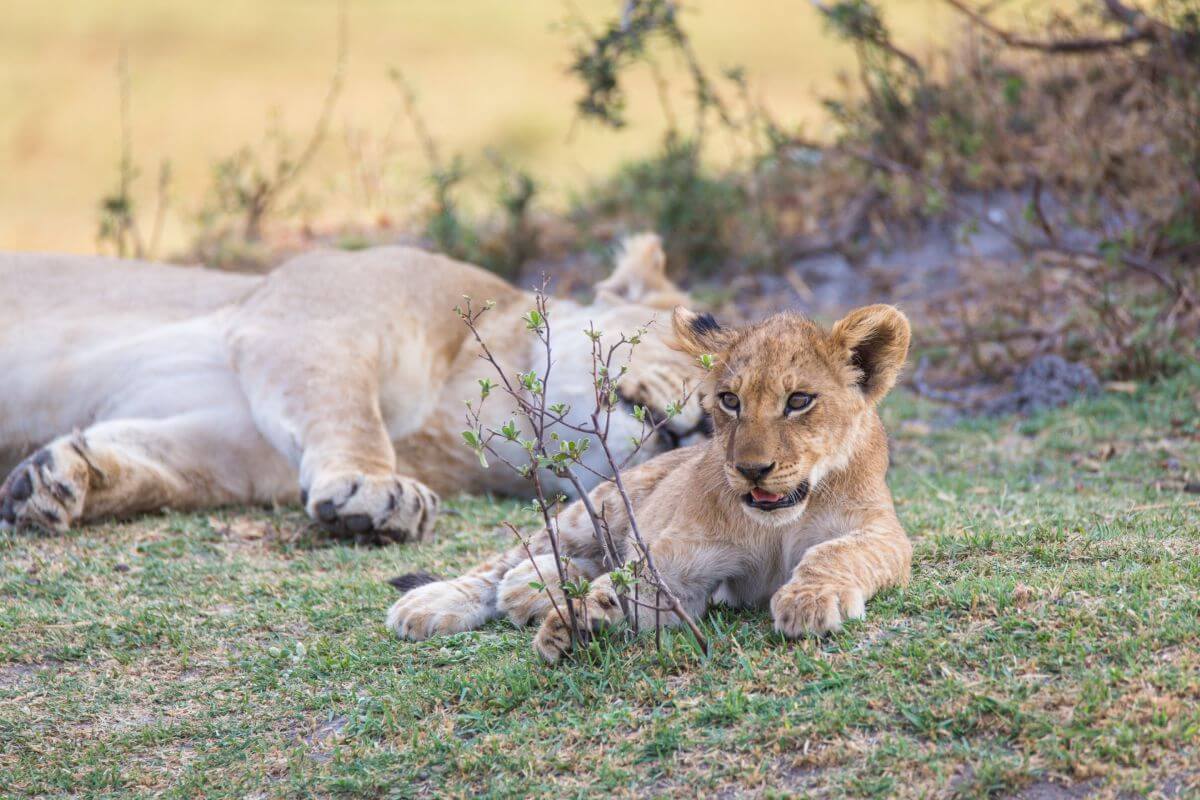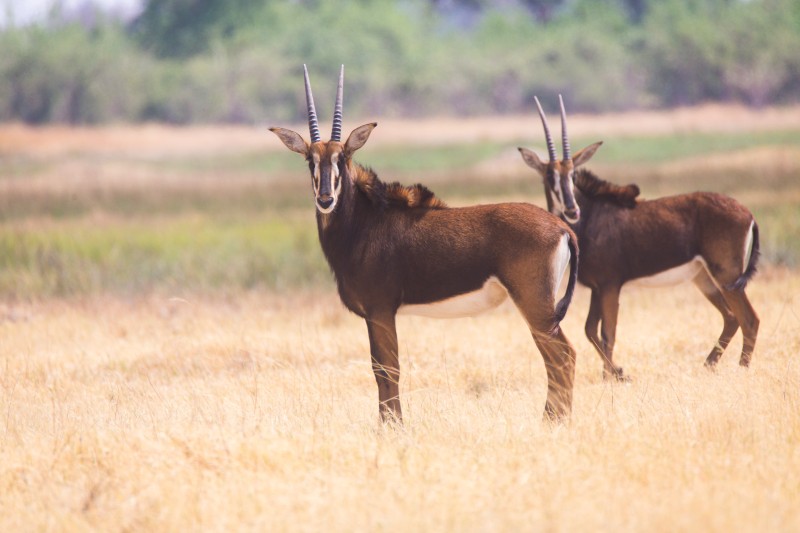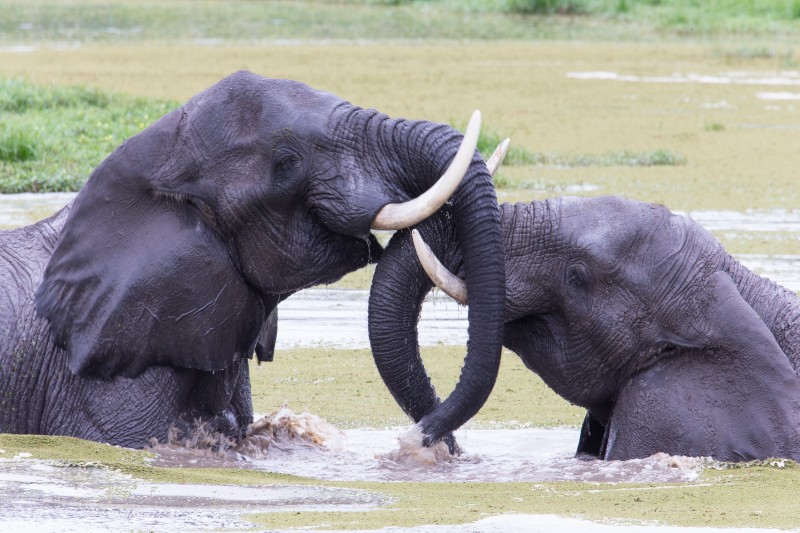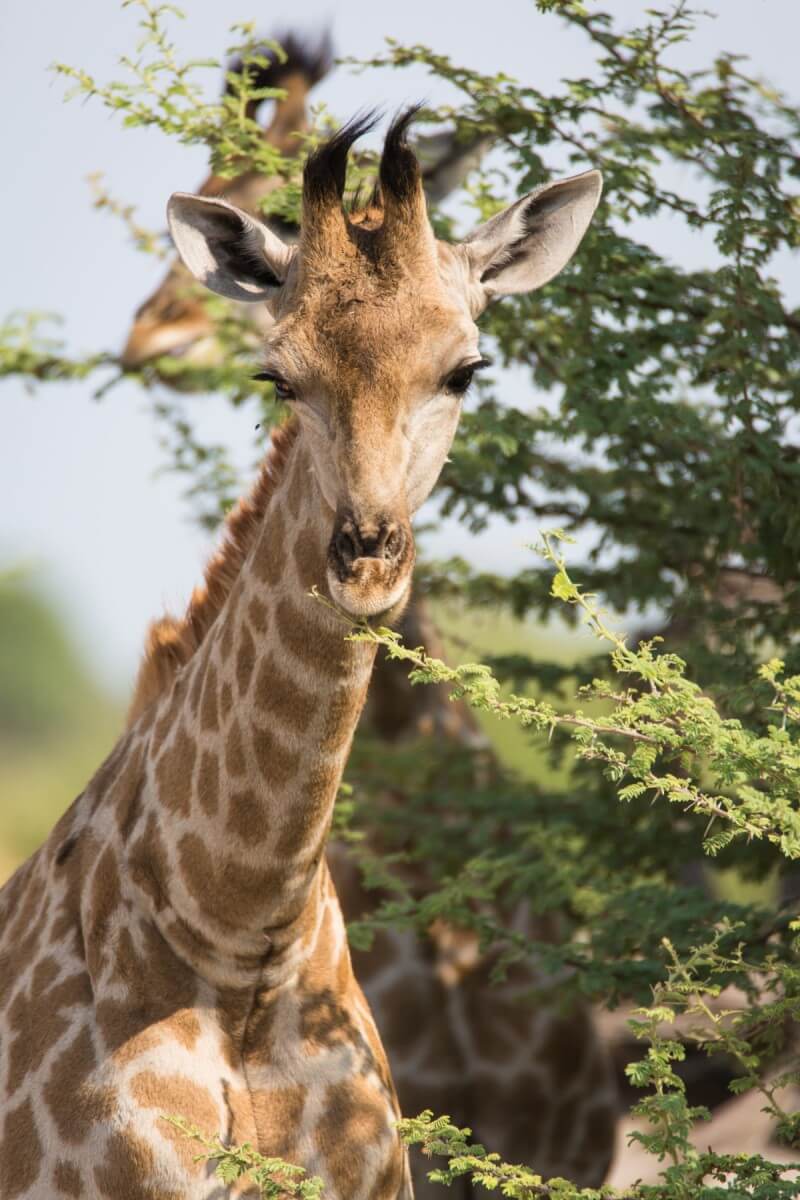Overview
Situated in Botswana’s Okavango Delta, Moremi Game Reserve covers about 5,000 sq. km. of diverse landscapes. Merging watery floodplains with dry woodlands, this reserve is one of the most ecologically rich places in Africa. Here, visitors can witness majestic elephants, elusive leopards, prowling lions, swift cheetahs, and rare wild dogs. Choosing Moremi ensures an unparalleled safari encounter, immersing guests in nature’s raw splendor. Experience the essence of Botswana in a land where wilderness sings its song.
























